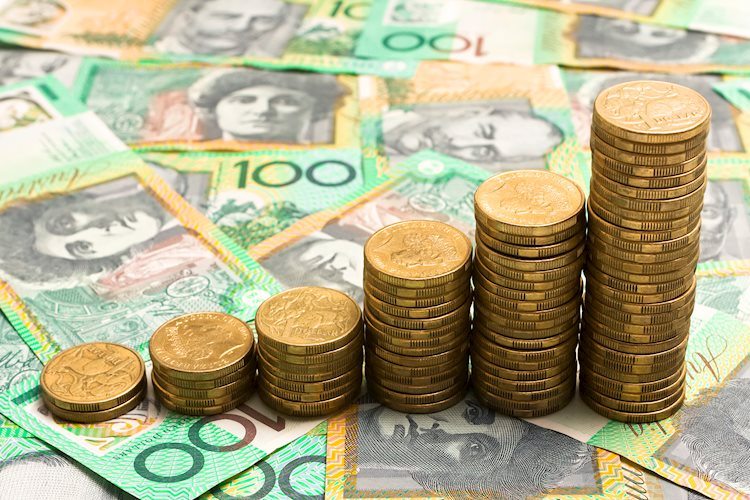The AUD/USD pair continues its upward trend, trading near 0.6910 in Monday’s early Asian session. The US headline PCE data for August showed a lower than expected rise, increasing the likelihood of another interest rate cut by the Fed in November. The Chinese PMI reports for September are scheduled to be released later in the day. The University of Michigan’s Consumer Sentiment Index also came in better than anticipated, indicating positive market sentiment. Investors are now pricing in the possibility of a 50 basis points interest rate cut in November, with the chance of a quarter-point move standing at 47.2%. At the same time, China’s stimulus measures and the hawkish stance of the RBA are supporting the Australian Dollar (AUD) against the US Dollar (USD).
The level of interest rates set by the Reserve Bank of Australia (RBA) plays a significant role in determining the value of the Australian Dollar. Additionally, the price of Iron Ore, Australia’s largest export, and the health of the Chinese economy, its largest trading partner, are key factors affecting the AUD. Market sentiment, whether investors are taking on more risky assets (risk-on) or seeking safe-havens (risk-off), also impacts the Australian Dollar. The RBA adjusts interest rates to maintain a stable inflation rate of 2-3%, with relatively high interest rates supporting the AUD while quantitative easing has a negative impact on the currency.
The strength of the Chinese economy directly influences the value of the Australian Dollar, as China is Australia’s largest trading partner. When the Chinese economy is performing well, it increases demand for Australian exports, boosting the AUD in the process. Conversely, a slowdown in Chinese growth can have a negative impact on the Australian Dollar. The price of Iron Ore, a major Australian export, is closely linked to the value of the AUD. Higher Iron Ore prices typically lead to an increase in the value of the Australian Dollar, while lower prices have the opposite effect.
The Trade Balance, which reflects the difference between a country’s exports and imports, also influences the Australian Dollar. A positive net Trade Balance, resulting from high demand for Australian exports, strengthens the AUD. Conversely, a negative Trade Balance can weaken the Australian Dollar. A positive Trade Balance is beneficial for the AUD as it reflects strong demand for Australian goods and services from foreign buyers. Overall, various economic factors such as interest rates, trade balances, and commodity prices play a crucial role in determining the value of the Australian Dollar in the foreign exchange market.









